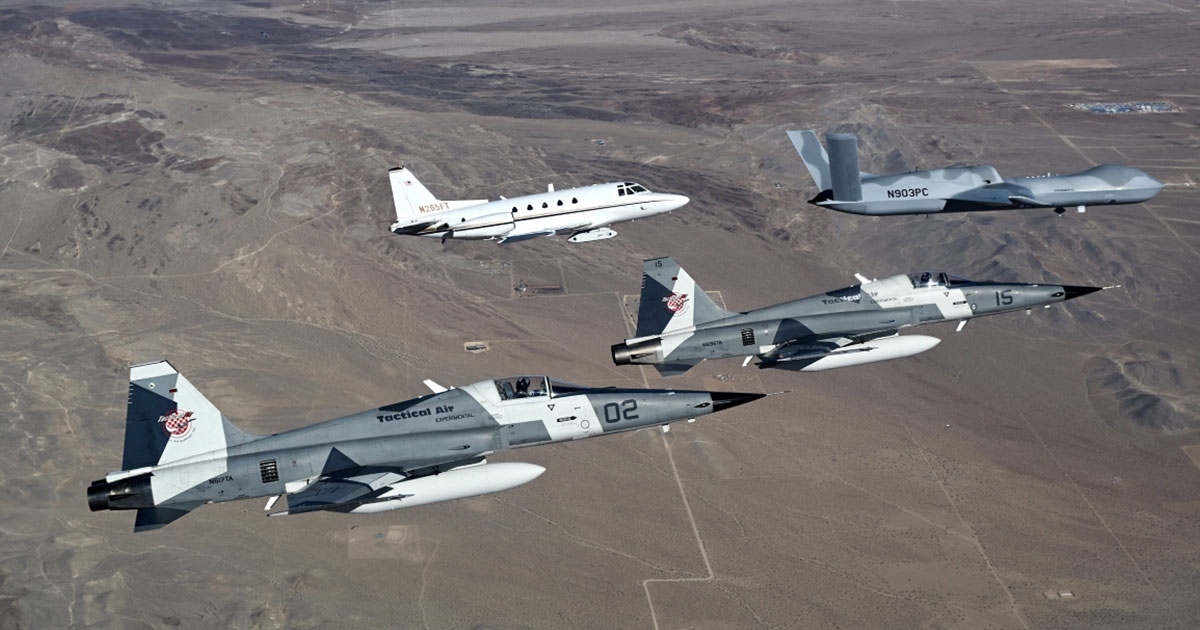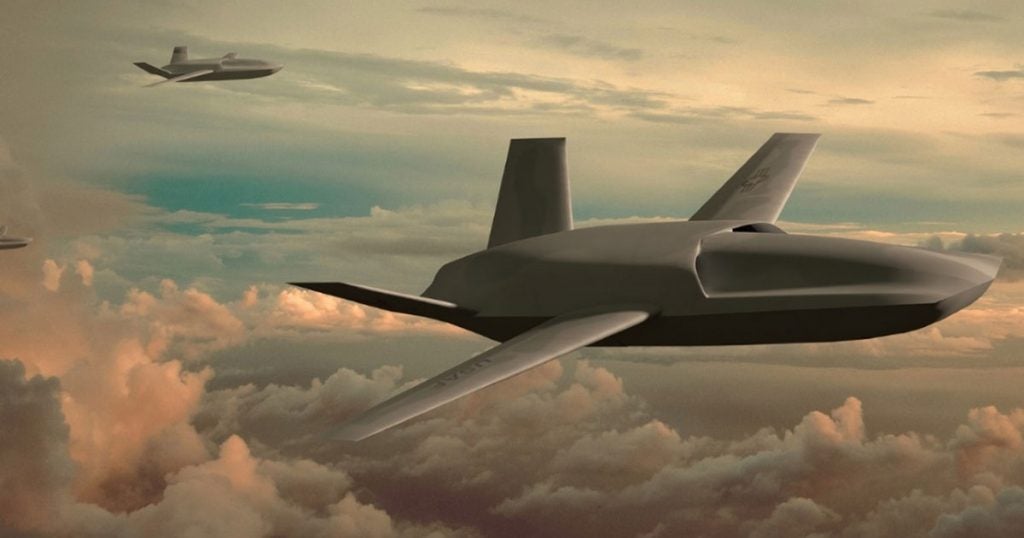General Atomics Selected to Construct an Off-Board Sensor Prototype
Back in November 2021, General Atomics Aeronautical Systems (GA-ASI) was given $18 million by the Air Force Research Labs to design an Off-Board Sensing Station (OBSS) prototype. On 2 February, only 15 months later, they have been selected to move into the construction phase after clearing the critical design review process. The total cost of the program once the prototype is ready to be flown is expected to be under $50 million. This is remarkably time and cost-efficient for the development of a complex combat aircraft system. By being relatively cheap the OBSS can be deployed in large numbers, which is essential for its collaborative sensing mission.
The idea behind the OBSS is to act as a forward-deployed sensor system for air battlespace awareness. Existing airborne early warning platforms are unable to reliably track stealth aircraft or advanced cruise missiles. Without the concern of a human pilot, the aircraft will be able to operate near or inside hostile airspace aiding in the detection of these low observable targets. GA-ASI is renowned for the long flight endurance of their aircraft with the SkyGuardian being able to remain aloft for over 30 hours. While the OBSS won’t be able to achieve that level of endurance without a turboprop, it will exceed that of traditional fighters. Deployed in a swarm with long endurance the OBSS will be able to create huge volumes of persistently controlled airspace even against hostile stealth aircraft.

Operating in collaboration with other crewed or uncrewed aircraft is critical to the OBSS’ success. While specific sensors haven’t been mentioned passive IR sensors are clearly favored by GA-ASI. In November 2022 they conducted an autonomous flight experiment involving their Avenger UAS and 3 other crewed aircraft. Each aircraft was equipped with Lockheed Martin’s TacIRST system and using a mesh network the aircraft were able to collaboratively track targets using merged passively collected data.
The long flight time can also be used to fly at long range instead of loitering, allowing it to act as the spotter for cooperative engagements. Many air defense missiles are limited by line-of-sight and their firing platform’s sensors. For example, F-35 has been used to guide surface-launched SM-6s with a range in excess of 200km. OBSS could guide SAMs that are forward deployed on small islands, allowing them to remain non-emitting. With this mission set in mind, OBSS is very relevant to a conflict with the PRC.

